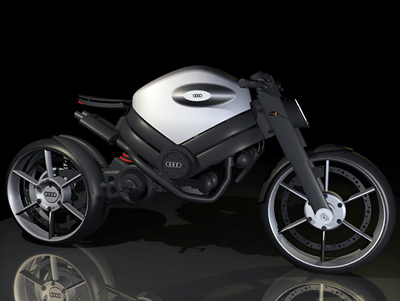
Sachsenring for the German MotoGP, KTM CEO Stefan Pierer unveiled the new RC390 ADAC Cup racer based on the 390 Duke.
Although final details aren’t known at this time,
KTM RC390 ADAC Cup is expected be affordable in terms of purchase price and maintenance costs. The further intent is that it be easy to ride and tune. By leveraging both the excellent quality of the 390 Duke and the company’s successful Moto3 experience, KTM has built what appears to be a great spec racer. You don’t need much imagination to see the RC390 ADAC Cup competing in hotly contested races, helping to create a future generation of potential champions.
Power comes from a liquid-cooled, four-valve 373cc Single that produces a claimed 38 horsepower. Controlled by a Bosch EMS integrated engine management system and fed via a 46mm Dell’Orto throttle body, the engine is said to be smooth and have a solid torque curve.
The compact chassis appears strongly related to the 390 Duke’s, featuring a similar steel-trellis frame and cast aluminum swingarm. Wheelbase is a short 52.9 inches and the 43mm WP fork is set at a steep 23.5 degrees; no official trail figure was released. A cantilevered WP shock serves the rear suspension. As for tires, the KTM RC390 Cup rolls on Metzeler Sportec radials, size 110/70-17 front and 150/60-17 rear. The front brake features a single four-piston caliper clamping a 300mm disc. In back, a floating single-piston caliper acts upon a 230mm disc. Claimed dry weight is just 287 pounds with the 2.5 gallon fuel tank full.
KTM’s RC390 Cup racer will make its debut in the 2014 German ADAC Cup. It’s not hard to envision the project growing into an international junior cup. Kudos to KTM for supporting the sport, promoting it and helping make it accessible to younger generations.
Look for a street-legal fully faired version of the Indian-made RC390 to be unveiled at the
EICMA show in Milan this November. A representative of KTM North America said the bike would come to the U.S. market, perhaps as early as 2014.











































































